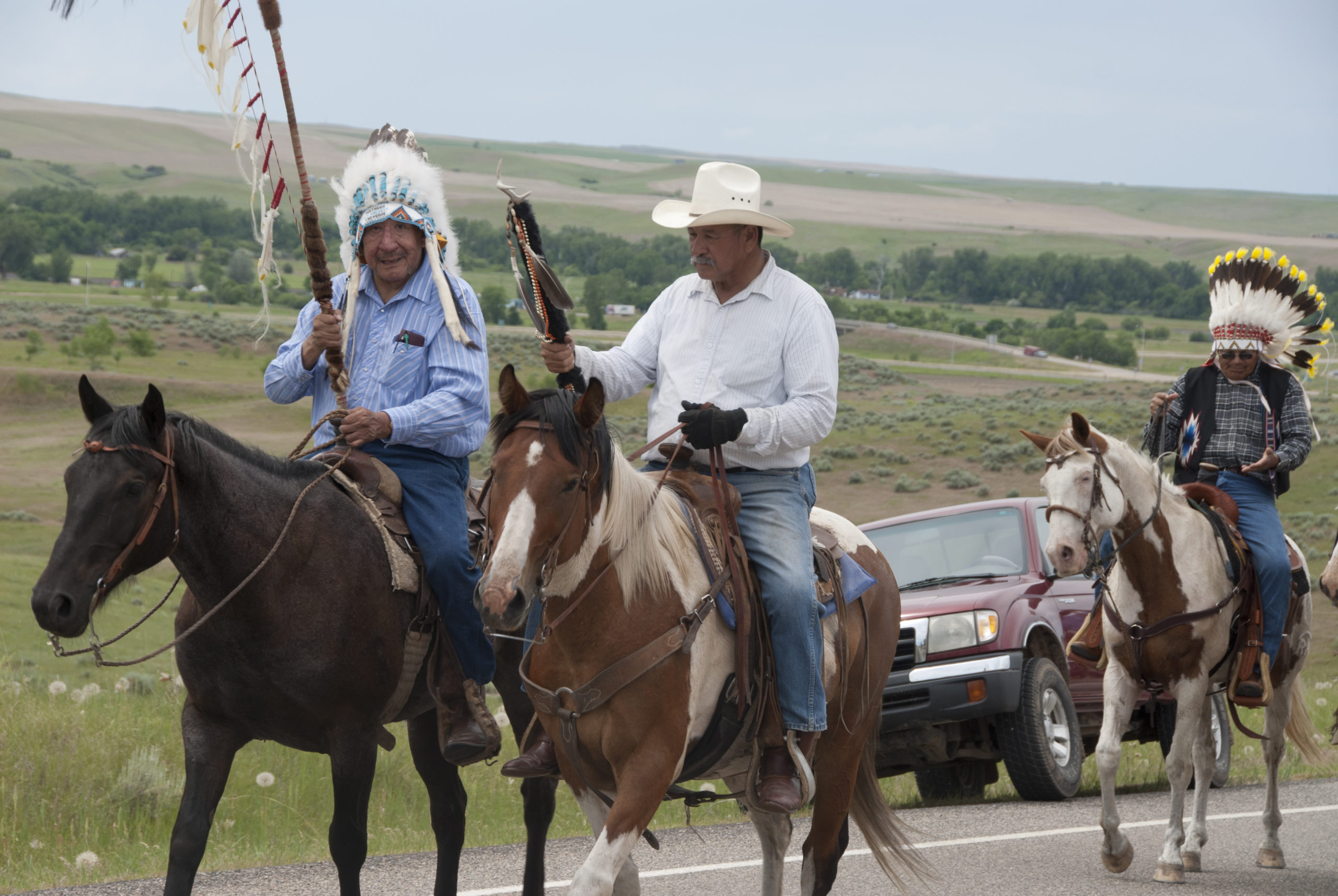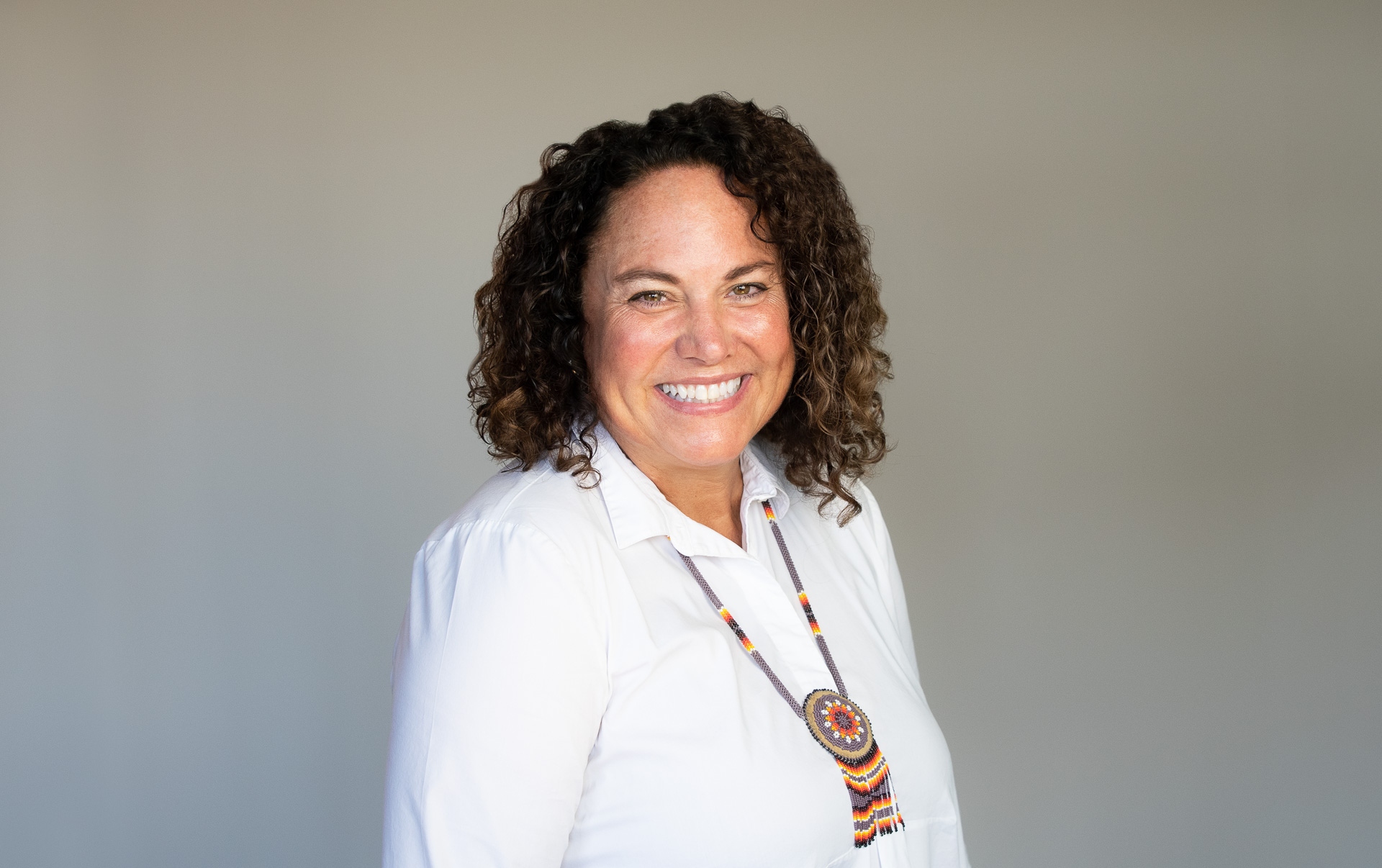Native-led organizations welcome more partners

Have you ever tried to tread carefully when working with other organizations to maintain mutual lanes and not overlap efforts and/or funds? Have you used the phrase, “I don’t want to step on your toes”? I have.
Step on someone’s toes is an English idiom defined as “to offend somebody by encroaching on their area of responsibility” by the Oxford dictionary. Webster defines it as, “to do something that upsets or offends someone.”
Please step on my toes
Recently, I was Zooming with Rafael Tapia of Partnership With Native Americans (PWNA) to catch up and apprise each other of the respective work of PWNA and CDP with the Northern Plains Nations. PWNA was a grantee partner and continues to be a strong partner on the ground and “go-to” when I have questions or want introductions to people. We have many intersections of people, communities and organizations. We have similar interests in building resiliency, providing training to communities across reservations and helping Native emergency managers to share information and resources. In our conversation, I told Rafael that we need to keep checking in on a regular basis because “I don’t want to step on your toes.”
Rafael replied, “Please, step on my toes! I would love it if someone stepped on my toes.” Which prompted a conversation about the need for more organizations and funding focused on Native American disaster preparedness, relief and recovery.
A brief synopsis of our conversation goes like this: It’s lonely work out here; there aren’t a lot of funders in this space (disaster work and geography). Our respective spaces that overlap geographically are the Native nations in Nebraska, North Dakota, Montana and South Dakota. CDP Midwest Early Recovery Fund also works with Native nations in Iowa, Minnesota and Oklahoma, and when needed can work in Arkansas, Kansas and Missouri. PWNA includes Washington in their Northern Plains work and serves Southwestern Tribal Nations.
You are invited
Our new friends we met from the Crow Nation in Montana shared another example of the paucity of funders in disaster recovery in Native nations. On June 11, straight-line winds up to 111 miles per hour hit Hardin, Montana, and parts of the Crow Nation, damaging homes, grain storage, and farm and ranch outbuildings, and destroying one young family’s home. After visiting with Big Horn County and Crow Nation disaster emergency services (DES) for several weeks trying to understand the damage, we visited Hardin and Crow Agency in August.
We traveled with friends from Mennonite Disaster Service (MDS) and met with the DES folks and then with Plenty Doors, a 501 (c)(3) community development corporation. While we listened to the damage reports from the June and other storms, as well as the lack of housing and housing repairs needed, Jeff Koller, operations coordinator, and frequent grantee partner and partner in disaster recovery mentioned that MDS only works in communities if they are invited. Jeff barely finished his sentence when Charlene Johnson, director of Plenty Doors blurted, “You are invited!”
Charlene and her staff welcomed them and shared an invitation to partner with them, learn with them, and help more of their Apsaalooke relatives to live, work and thrive on their reservation. Ideas and prospective projects abounded, and it spilled over into lunch at a local café.
MDS continues their conversations, and CDP is working with Plenty Doors on a way to partner on assessing disaster-impacted and other housing repair needs, to keep the current housing inventory intact, and gathering other stakeholders who may be interested in partnering on housing needs.
Funding in Indian country
Overall, funding in Native communities is less than 1% of all foundation giving. Candid and Native Americans in Philanthropy report that of funding by large U.S. foundations, only 0.4% was directed to Native communities. Natives comprise 2.9% of the U.S. population and more than 10% of several states’ populations.
If your organization would like to begin or increase your work with Native communities, you can begin with some internal discussion, using this assessment provided by Native Americans in Philanthropy. In addition, please consider how you will give, not just if and how much. Lessons I’ve shared from working with Native communities over two years include building relationships and trust and focusing on partnering, not transactions.
Remember, regardless of your funding focus, all funders are disaster funders. Do you fund children’s issues, education, housing, economic development, leadership development, marginalized and disinvested communities or food insecurity? Then you can and should be Native American funders. Does your mission include water, agriculture, food security, housing, mental health, arts and culture, or legal services? All of these issues are affected and usually exacerbated by disasters.
Misconceptions
So why aren’t more funders and individual donors donating to Native-led and Native-focused organizations? Perhaps some people misunderstand government and other funding to Native Nations and Native Americans. Common misconceptions include Natives receive free housing, free college education and checks directly from the federal government; they don’t pay taxes and receive payouts from rich Native casinos.
The truth is that the obligations by federal treaties are often unmet and underfunded. Housing is inadequate and substandard, and very few casinos are profitable enough to pay tribal members. Many Native families struggle.
Take the time to do it well
It may also be the chasm between colonialized philanthropic culture and Native culture. Is partnering with Native communities easy? Not always. Does it take longer than a “typical” foundation grant? Usually, if you are doing it well. Is it worth it? I answer that with an emphatic yes!
But don’t listen to me; ask some of our grantee partners who have helped their communities get back into disaster-damaged homes and improved the resilience and health of their relatives. Listen deeply to the people in impacted communities. Let’s work towards working and doing with people instead of for people. Step on toes, gently. Let’s work with other funders and organizations in similar regions and on similar issues. Imagine the impact we could make in partnership with Native communities.
It’s time we funders step on each other’s toes.
